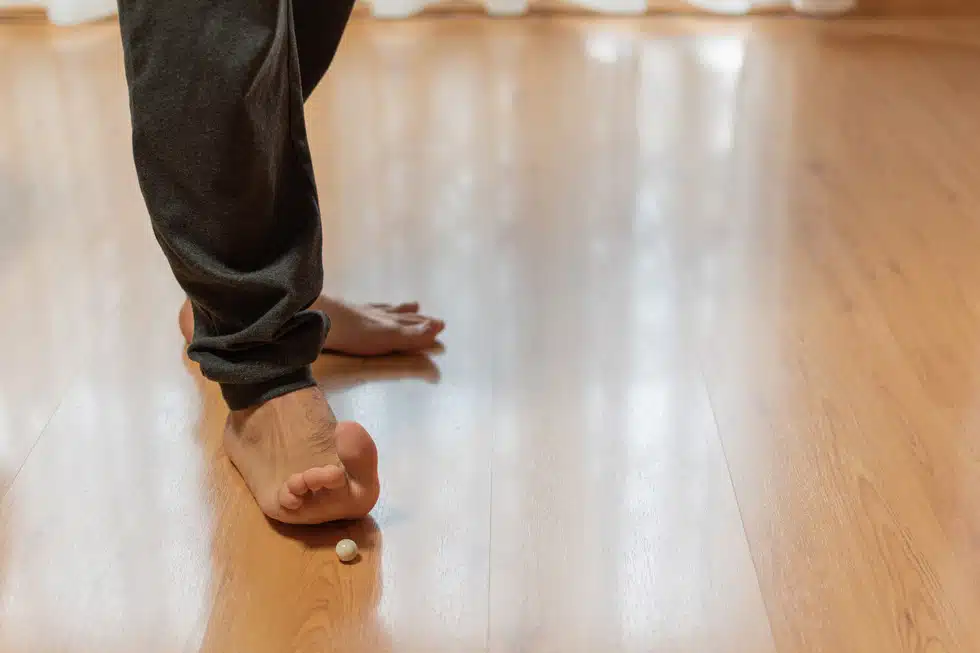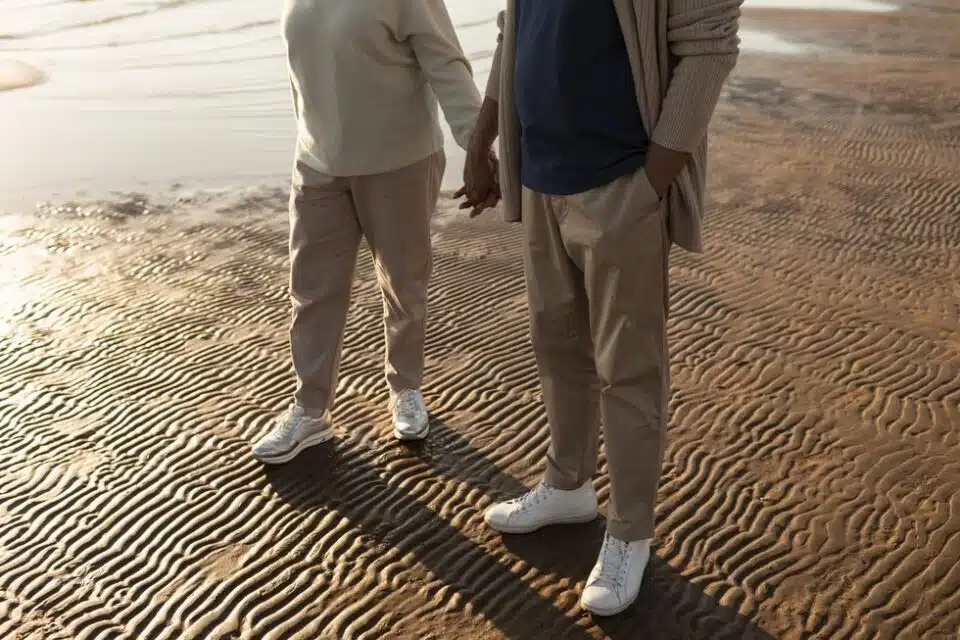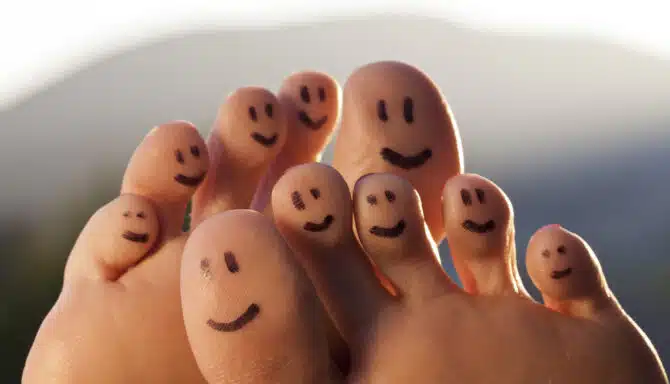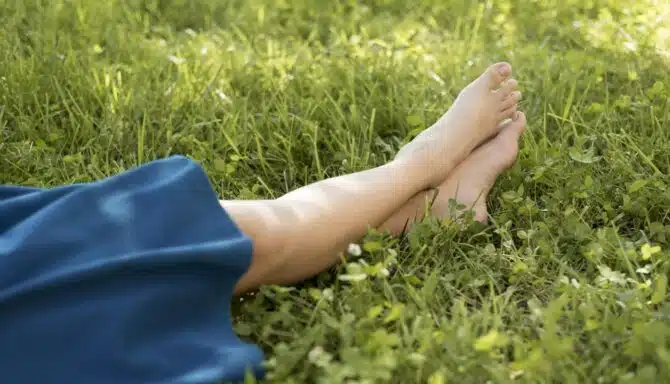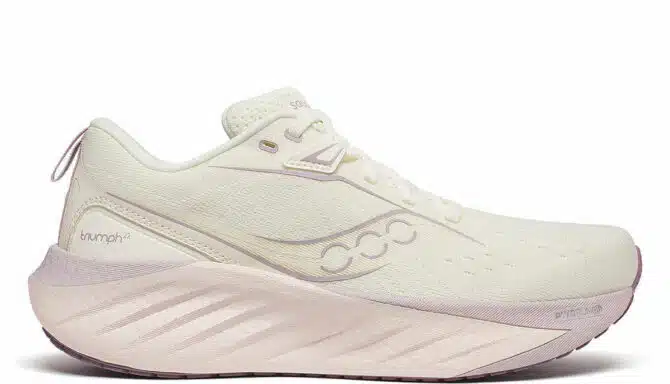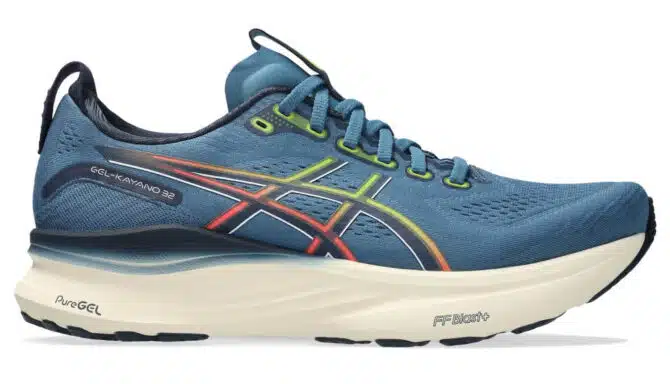Foot care for seniors is a vital aspect of maintaining overall health and mobility. As we age, our feet undergo changes that can lead to various problems, making it essential to prioritize foot health. This article will explore common foot problems in older adults and offer practical foot care tips for the elderly to help maintain mobility and prevent discomfort as much as possible.
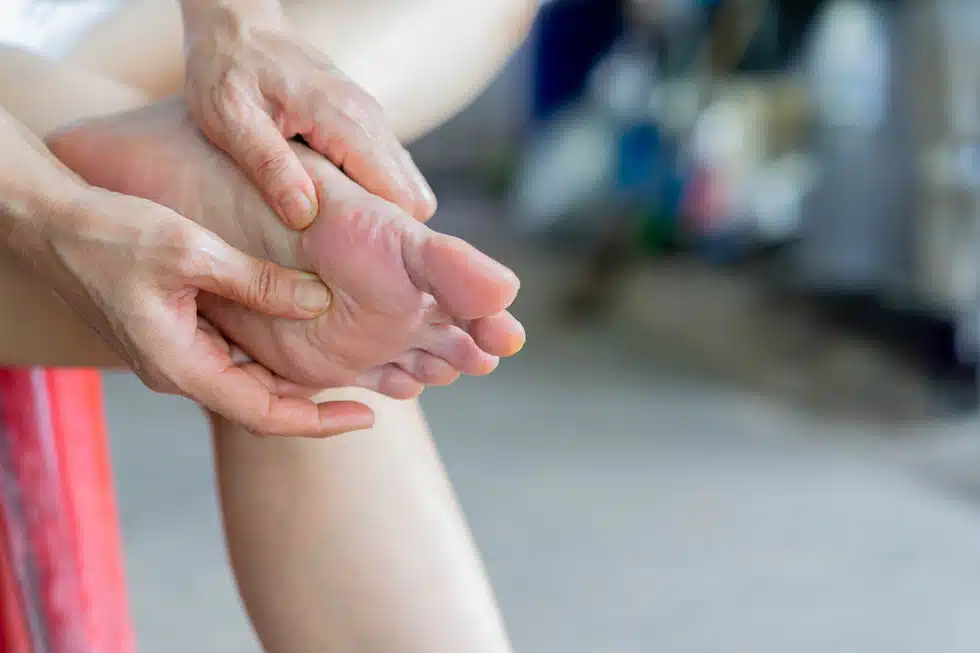
Understanding Aging Adults’ Foot Health
Aging adults’ foot health often deteriorates due to factors such as reduced blood circulation, thinning skin, and the natural wear and tear on joints and muscles. These changes can lead to an increased risk of developing foot issues, which can severely impact mobility and quality of life.
Common Foot Problems in Older Adults
Several common foot problems in older adults can arise as a result of aging:
Plantar Fasciitis
Decades wearing the wrong shoes for your feet = feeling the damage and heel pain when you get older. Seniors are also vulnerable to plantar fasciitis if they have balance and mobility challenges, as these affect the natural gait pattern. In other words, as older adults struggle with movement, they might walk differently, which can put extra stress on their feet and lead to heel pain. Lastly, poor blood circulation means less ability to recover from “micro injuries,” which is essentially what plantar fasciitis is.
Bunions
Bothersome bunions affect seniors more than younger adults. The toes spread out more due to natural aging-related foot changes, placing pressure on the wrong areas. Bunions can also tend to form and worsen gradually over time, meaning seniors will feel their full effects.
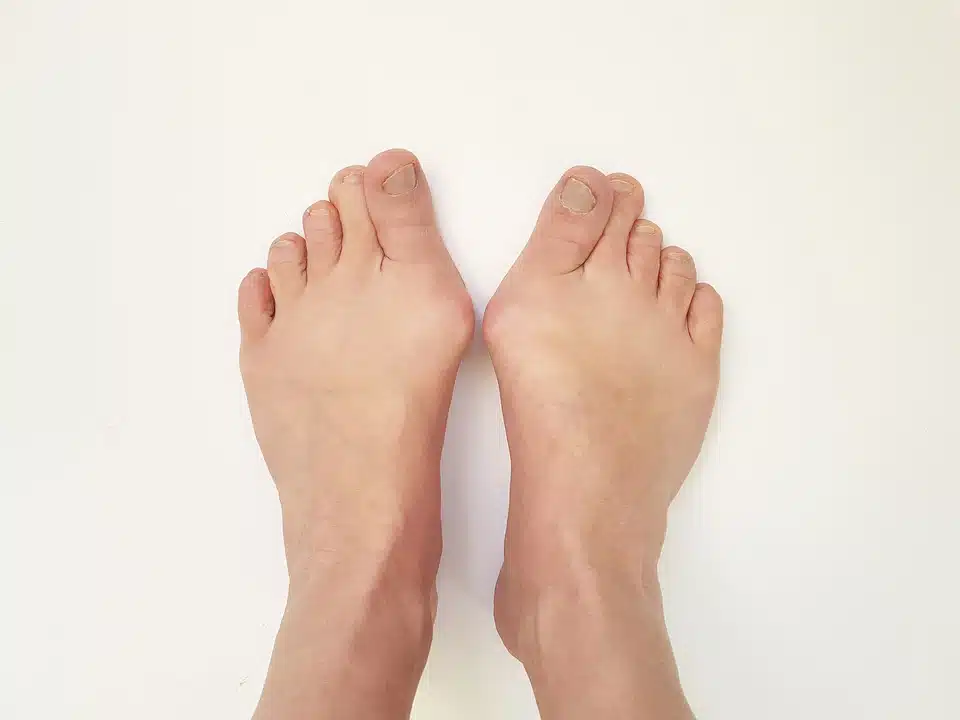
Dry Skin
Skin aging doesn’t just affect our face; it affects our feet too! As we age, the processes that help our feet stay moisturized, namely the production of natural oils and cell renewal, slow down. This leads to dry, flaky skin on the feet. Dry skin is on the feet is not just a cosmetic concern; it makes the feet more prone to developing many problems like itching, cracked heels, corns and calluses.
Corns and Calluses
Not only does our skin get dryer as we age, it also gets thinner. This makes the feet more prone to developing corns and calluses. Corns and calluses are caused by friction, and are two of the most common skin problems affecting seniors. When the skin thins, the skin forms calluses and corns more quickly in order to protect itself. This issue is compounded for older adults who have been wearing ill-fitting shoes for years
Arthritis
Osteoarthritis (also referred to as degenerative joint disease) is a form of arthritis typically associated with aging. It is caused by cumulative wear-and-tear on the joints. Over time, the protective lining around the joints wears down, resulting in excessive rubbing and grinding between joints.
Foot Care Tips for the Elderly
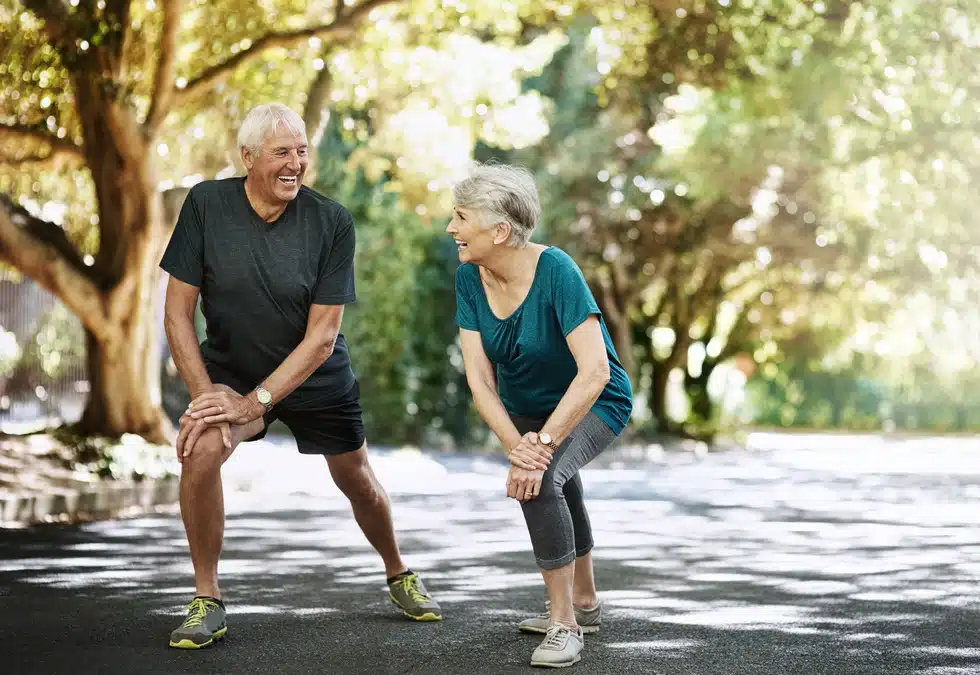
Foot care for seniors entails a proactive approach. Here are our top tips for maintaining foot health as you age:
Regular Foot Inspections and Hygiene
Our number-one foot care tip for older adults is to get regular medical pedicures with a chiropodist. This is especially helpful for seniors who have difficulty bending or trimming their own toenails. A licensed Toronto chiropodist can properly trim and file your toenails, remove corns and calluses, and address any other common foot problems in older adults. A foot specialist will also inspect and keep an your feet for any signs of redness, swelling, cuts, or sores that could indicate a worsening skin issue. Our Toronto chiropodists will also provide expert foot care advice for your at-home maintenance.
At-Home Foot Care: Moisturizing, Hygiene and Inspections
Foot care for seniors should involve moisturizing daily with a foot cream in order to keep the skin on the feet strong and firm. This will also help reduce callus and corn buildup. At-home foot care for seniors also involves practicing good hygiene, including washing feet daily and keeping your toenails trimmed. This is essential to prevent infections and other complications.
Proper Footwear and Medical Devices
Footwear plays a significant role in senior foot care. Shoes should provide adequate support, have a wide toe box to prevent crowding, and offer cushioning for shock absorption. Orthotic inserts can also be beneficial for those with specific foot conditions or discomfort, especially plantar fasciitis. There are also products like silicone toe separators, bunion aligners, and bunion splints worth trying.
Maintaining Foot Mobility and Stability
Regular exercise and fall prevention strategies can keep the muscles and joints in the feet strong and flexible. Simple exercises like toe stretches, ankle circles, and calf raises can improve circulation and maintain range of motion.
A targeted approach is ideal, and you can memorize foot exercises and stretches designed for your condition or age, such as routines for bunions, arthritis part one and two, plantar fasciitis, and women over 65. Many of these exercises help with more than one condition!
